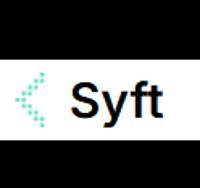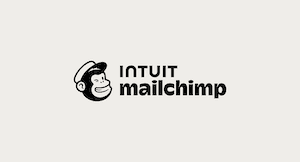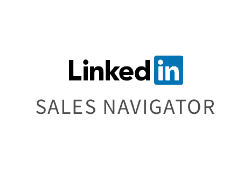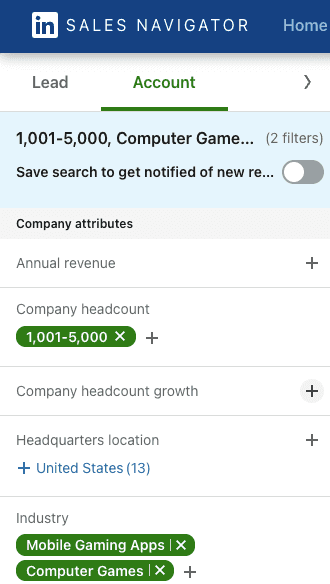Selling Software: SaaS Tools Review
Last week, we introduced a new blog series called "Selling Software", named after the Netflix smash hit, Selling Sunset. DoltHub happens to be based in LA, not too far from Sunset. Tim, DoltHub's CEO, and I handle most of the selling here at DoltHub.
We're Selling Software! This article is our review of all the Software as a Service (SaaS) tools we've tried on our selling software journey.
What is Selling Software About?
If you're new to DoltHub and haven't read our first entry in this series, let's set the table a bit. Already know? Skip ahead.
Our primary product is Dolt, the world's first and only version controlled SQL database, which is proudly free and open source. Our product competes with other open source online transaction processing (OLTP) databases, MySQL and Postgres. Dolt has version control features other databases do not have. Open source databases generally monetize via support, hosting, or enterprise editions though the company or foundation building the database is not always the best at monetizing it.
Dolt supports Git-like version control of databases. Git is monetized by remote hosting and collaboration platforms like GitHub and GitLab. Dolt has similar products called DoltHub and DoltLab respectively.
So, following those sales strategies from our two technological influences, at DoltHub we sell:
Most of our revenue is split evenly between support, Hosted Dolt, and DoltLab Enterprise. DoltHub Pro is not a big money maker for us yet.
Our primary marketing is done through our blog, which you are reading right now. We publish five articles per week and notify potential readers of new articles on LinkedIn, X, and Reddit. Some of our blog content is catered towards search, which tends to be the best channel for generating new interest. Additionally, we do a booth at a trade show about once per quarter.
We do customer engagement through our Discord, email, and GitHub Issues. Everyone who joins our mailing list, DoltHub, Discord, etc., gets a personal greeting. No automation or bots for us.
Once we identify a potential customer as a lead or user, we track them with our Google Sheet, give them a high level of support to get their Dolt project running, and then figure out if they can support us.
This is a pretty simple sales motion but it took a while to land here. This blog series will explain how we got here.
SaaS Tools for Selling
The sales space is overrun with options with new players seemingly appearing hourly. There are a few categories that these tools fall into: Identifying prospects on your website, CRMs for customer and prospect tracking, prospecting, email marketing, and content generation.
At DoltHub, we have tried a few different tools with varying success. I'll spend the rest of this post reviewing what has and hasn't worked for us.
Tools We've Tried
Website Crawling
The premise of these tools is to identify the corporate open-source users so that you can reach out to "warm" buyers at those companies.
We couldn't figure out the best way to use this information in a "non-creepy" manner. The tools would tell us developers at larger companies were looking at Dolt but solving who to reach out to and why is a hard ask. The tool says "a software engineer at Lockheed Martin was looking at your documentation and the pricing page on your website". What are we supposed to do with that? Blind email every software engineer at Lockheed Martin? This did not make sense to us.
These tools are useful to track the engagement of known users though. For instance...
Syft tries to identify companies and then determine decision-makers based on who visits your website. This works as advertised and we use the data to track customer interactions.
REO or REO Speedway as Tim and I affectionately call it, looks at website visitors, Github interactions, server metrics, and Docker installs to determine who is using your open-source product. This tool was actually pretty neat and we got excited to see so many big companies apparently using Dolt, but as I stated previously, we never found a good way to really use the data. I think this tool is better suited for companies that are more SaaS based and gate features at certain levels.
CRM's
Google Sheets is not a traditional CRM but it works for our scale. It's easy. We track customers, prospects, and follow-up items on a few tabs. We can easily track changes and not step on each other's toes since it's just the two of us managing the sheets. If you are starting out, this is all you really need and some email templates.
We use HubSpot for basic email templates and notifications for user logins. Hubspot is an easy way to track product usage and prompt an outreach when a certain threshold has been reached. We haven't needed to use the pipeline tools or task features yet. Our Google Sheet is good enough for keeping up with customers and prospects. This will probably change as we get busier. Overall, we've been happy with our limited usage of HubSpot and it's not expensive. One issue I have is the cost to use their sequencing tool is a big jump from their starter plan.
Email Marketing
Mailchimp sends our weekly email and tracks our new user sign-ups. It works as advertised and it's easy to create emails for our users. We previously used a new user welcome automation sequence but stopped that for a more personalized approach that has led to better engagement. Mailchimp does the job. Below you can see our weekly email stats.
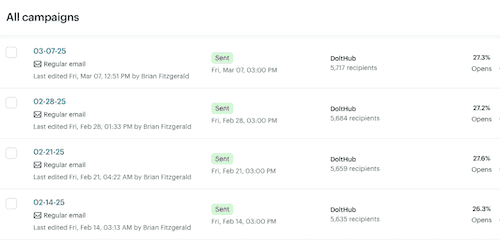
This works great for sending simple email sequences. We are currently using the free plan and use it to follow up with people from conferences. We typically send 3-4 emails post conferences to see if people have thought of any use cases and encourage them to join our mailing list. Once people know about Dolt, a use case will eventually come to mind and this is how we try to stay top of mind.
Prospecting
We have two uses for Sales Nav, account mapping, and identifying prospects that are similar to our existing customers. Once we know who we are working with at a company, we can quickly determine where they stand in the organization and see if we need to work with them to get other people involved in the buying process. We love talking to software engineers but need to get up a few levels higher in the organization sometimes to prompt sales next steps.
Sales Nav makes identifying similar companies easy. Dolt is gaining traction in the video game market for larger studios and we plan on doing some very targeted outreach to let them know we exist and the problem we solve. Here is an example of a quick search I can build.
When I was a young Dolt, I thought emailing the software engineers of the world that we exist and pitching Dolt for MySQL replication would be a fantastic idea. I used Seamless build lists and then sent emails from Apollo.io. Turns out devs don't like cold email no matter how cool your product is and the MySQL replication use case isn't popular. Seamless worked as advertised and was much cheaper than some of the bigger names in the space. The data quality seemed good but in the end, this type of prospecting strategy was not for us.
Conclusion
That's a wrap on our journey so far. Building and selling an open-source database is a fun and challenging experience. What else should we try? What can we do better? Send me an email or at me on Discord.


